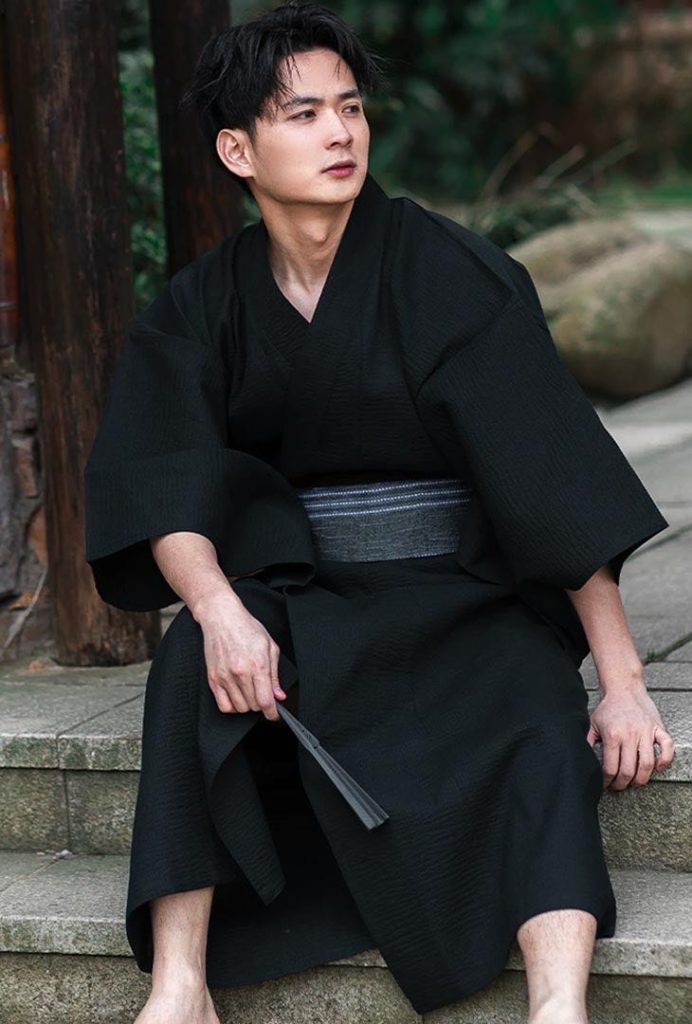Today, the Japanese kimono can be considered as one of the world’s most fortune commendable customary clothing on the planet, not just due to the ordinarily costly expense that is expected to make one, but since of the rich history and culture of Japan that is sewed inside every one of them. Assuming you think the Japanese kimono robe, with its mid-year partner called yukatas, is simply one more garment, then, at that point, you are mixed up. Hold on until you read this captivating story of Japanese kimono robes. Notwithstanding the way that the word kimono really implies thing to wear, these upscale and vivid robes are everything except common. In any case, how are these robes and yukatas so not quite the same as different robes or loungewear?

Presenting the kimono and the yukata
All things considered, what truly separates them are the intricate examples and bright textures, which incorporate emblematic pictures like cranes, winged serpents, koi fish, cherry blooms and other significant symbols of Japanese culture. While they have a more relaxed and agreeable look than the robes worn in Asian functions, the essential plan of Kimono homme and yukatas has not changed much since the Edo time of the seventeenth century. Incidentally, the yukata is the lighter, more summery form of the Kimono. This 100 percent cotton, kimono-style robe is all the more usually worn as loungewear, after a shower, or as concealment at the pool. While most are made in less improving textures than kimonos, there are many splendidly hued yukatas accessible for ladies. Most kimonos accompany a matching texture band, yet they are frequently worn with a heko or kaku obi, or belt, on extraordinary events.
On the off chance that you are curious about the plan of a kimono, they are for the most part molded like a capital T and are open and wide with very little plan variety, other than being accessible in a determination of sensational glossy silk textures and tones. In Japanese services, kimonos are worn by all kinds of people, and they are ordinarily folded over the body, left side folded around right, and got done with a wide belt, or obi, which is tied toward the back. The fix falls around 56 down to the lower leg. The intricate examples and brilliant texture of the Japanese kimono robes incorporate significant symbols like crane, the koi fish and the cherry blooms and others. They provide you with a brief look at the rich Japanese culture created through its long history of presence as a country. Formed like a tee, the yukata is worn after shower and the kimono is worn in Japanese functions both by people with a belt or obi. The fixes of the kimono reach 56 crawls down the lower legs. That is the intriguing story of the Japanese kimono robes and yukatas.